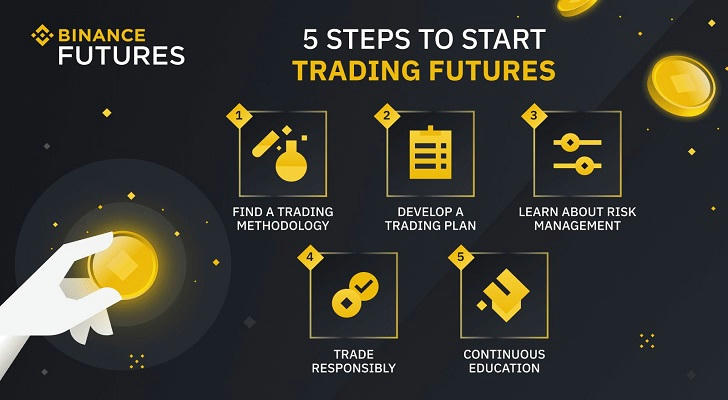What Are the Hidden Dangers of Futures Trading? Find Out Now!

Futures trading can be an exciting yet complex venture for new investors. Understanding the risks involved, key considerations, and the standards for identifying abnormal trading behavior is crucial for success in this market.We’ll explore the essential aspects of futures trading that every newcomer should know, helping you to make informed decisions and embark on your trading journey with confidence.
Understanding Futures Trading
Definition: Futures trading involves buying and selling contracts for the delivery of a commodity or financial instrument at a predetermined price at a specified future date.
Standardized Contracts: Futures contracts are highly standardized, meaning the terms are set and do not require negotiation.
Leverage: Investors can trade on margin, allowing them to control larger positions with a smaller amount of capital.
Bidirectional Trading: Investors can either buy (go long) or sell (go short) futures contracts.
Daily Settlement: Profits and losses are settled daily, which can lead to margin calls if the account balance falls below the required level.
Risks in Futures Trading
Futures trading carries several inherent risks that can be magnified due to the nature of the market:
Price Risk: The risk of losing money due to unfavorable price movements. This is the primary risk faced by futures traders.
Liquidity Risk: The risk that an investor may not be able to buy or sell contracts quickly enough to prevent a loss, especially in volatile markets.
Margin Risk: The risk of being unable to meet margin requirements, which can lead to forced liquidation of positions.
Delivery Risk: The risk associated with the physical delivery of the underlying asset, which can be problematic for those not prepared for delivery.
Operational Risk: Risks arising from system failures, human errors, or fraud, which can lead to significant losses.
Key Considerations for New Investors
To navigate the complexities of futures trading, beginners should keep the following considerations in mind:
Education: Invest time in learning about futures markets, trading strategies, and risk management techniques.
Choosing a Broker: Select a reputable futures broker with a solid track record, good customer service, and transparent fee structures.
Developing a Trading Plan: Create a comprehensive trading plan that outlines your investment goals, risk tolerance, and strategies for entering and exiting trades.
Risk Management: Implement risk management strategies, such as setting stop-loss orders and diversifying your portfolio to mitigate potential losses.
Emotional Discipline: Maintain emotional control and avoid making impulsive decisions based on market fluctuations.

Standards for Identifying Abnormal Trading Behavior
Recognizing abnormal trading behavior is essential for maintaining market integrity. Here are some standards to consider:
Unusual Volume: A sudden spike in trading volume that deviates from normal patterns may indicate potential manipulation or speculative trading.
Price Manipulation: Activities such as "wash trading" (buying and selling the same asset to create misleading market activity) or "spoofing" (placing orders with the intent to cancel them) are considered abnormal.
Market Impact: Trades that significantly affect the market price without a corresponding change in fundamentals may be flagged for further investigation.
Pattern Recognition: Identifying consistent patterns of trading that do not align with market trends can help in recognizing potential misconduct.
Real Case Analysis in Futures Trading
Long Position in Soybean Oil Futures
Scenario: A trader goes long on soybean oil futures.
Analysis:
The trader's margin account experiences fluctuations over a 4-day period.
Daily price changes impact the margin balance, requiring the trader to monitor their account closely.
Outcome: Understanding margin requirements and price volatility is crucial for managing risk.
Profit/Loss Calculation for a Corn Farmer
Scenario: A corn farmer sells futures contracts to hedge against price fluctuations.
Analysis:
The farmer locks in a price for their corn, protecting against potential declines in the spot market.
After 4 months, the spot price is compared to the futures price at which the contracts were sold.
Outcome: This case highlights the effectiveness of futures contracts in risk management for agricultural producers.
Conclusion
Futures trading offers opportunities for profit but comes with significant risks. New investors must educate themselves about the market, develop sound trading strategies, and remain vigilant against abnormal trading behaviors. By understanding these elements, beginners can navigate the futures market more effectively and make informed investment decisions.
